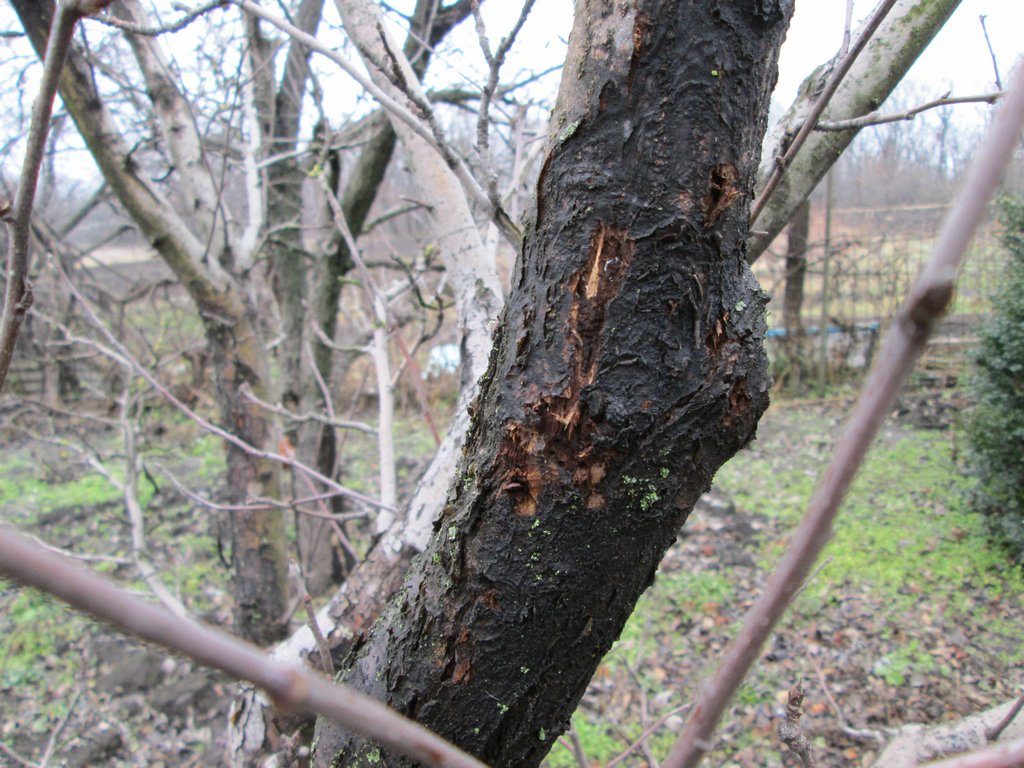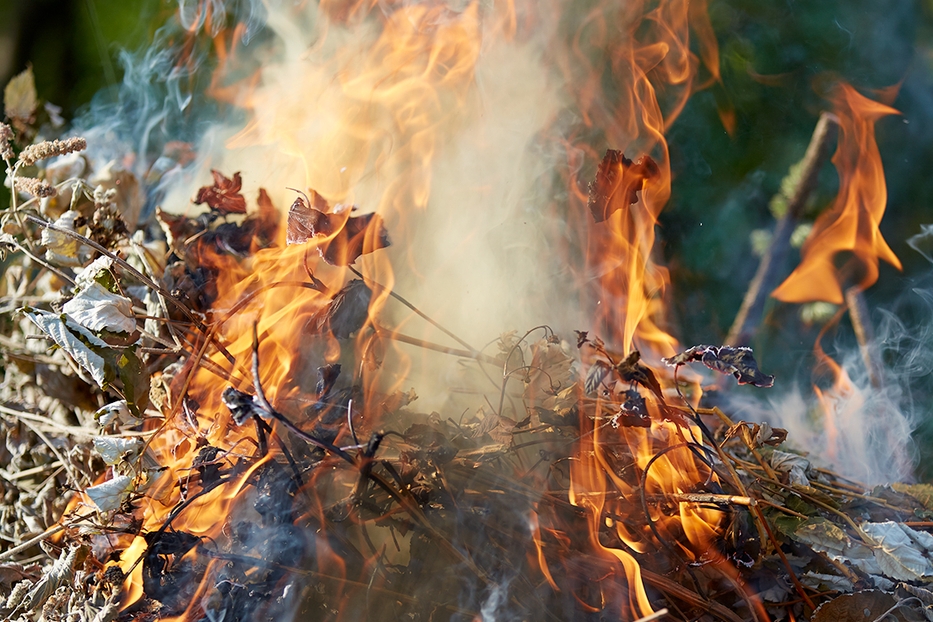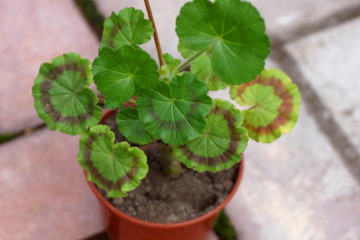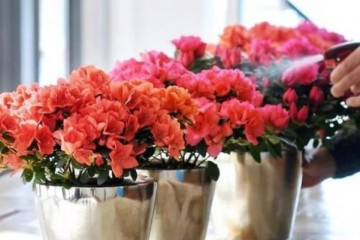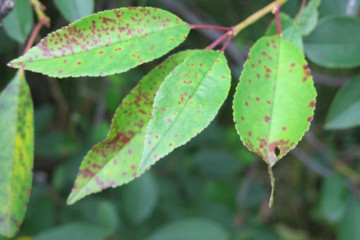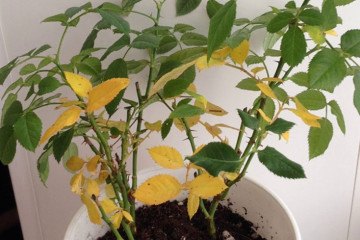Why pear leaves turn red in summer and what to do
Content:
Often, the owners of summer cottages are faced with the fact that the leaves on the pear turn red or purple. Moreover, this may not happen in the prescribed period, but in June. A change in the shade of the foliage is a sign of a serious medical condition that requires immediate treatment. Otherwise, the pear may not survive until next summer.
Main reasons
There are many known reasons why the foliage of a pear turns red. This can be a deficiency of vitamins in the soil, infection with diseases, groundwater, and much more. There are solutions for each problem.
This section will explain in detail why pear leaves turn red in summer and how to properly fight infections.
Incompatible rootstock and scion
It is considered the most hopeless case. This is due to the fact that recently everyone has been buying already grafted seedlings and their quality leaves much to be desired. Typically, there are two methods of grafting - clonal and seed rootstocks. If the stock is grown from wild pear seeds, then the desired variety is grafted onto the wild and the tree develops without problems.
You should also know why the pear leaves turn red due to the clonal rootstock. The materials used are obtained from short cuttings of another kind of pear, as well as quince or other crops. Usually clonal rootstock is used to increase the fruiting rate, as well as to resist the influence of groundwater. The peculiarity is that the clone and the varietal branch may not fit each other, and their incompatibility will not appear immediately. In this case, you will have to come to terms with the death of the pear and plant a new one.
Lack of phosphorus
Leaves can turn burgundy due to a deficiency of components, in particular phosphorus. The main sign of a shortage is curling the leaf and changing the usual color to crimson. The foliage begins to fall off prematurely, and the fruits stop ripening. In this case, a phosphorus-containing fertilizer will help.
It is recommended to fertilize pears with ammophos solution a couple of times a month. The drug is applied to the root zone, the diameter of the tree crown will be the guideline. The first feeding should be done in April for maximum effect. Since the solution contains nitrogen, which adversely affects the development of the fetus, the procedures should be stopped by the end of June.
Recessed landing
Illiterate planting of a pear sometimes causes reddening of the leaves. The root collar of the seedlings should be flush with the ground. If part of the trunk is buried along with the roots, then the process of decay can begin. This stops the flow of juice and vitamins into the crown of the tree, as a result, the leaves change their color and dry out.
Excess lime
A large amount of lime leads to an iron deficiency, which interferes with the production of chlorophyll. The problem is solved quickly: you need to dig a ditch 20 cm deep, then add humus there, water it abundantly and cover it with soil.It is important to be careful when using manure as it can burn the roots of the tree.
Pear diseases
A large number of cultural diseases are known. This is black cancer, fungal infection, and brown spot. Diseases need to be treated in early spring, when sap flow has not yet begun.
An ash-and-soap solution will help get rid of the disease. One liter of ash is enough for ten liters of solution. Cooking method:
- Mix three liters of water with ash, then boil for 15-20 minutes.
- Then add the remaining water and mix thoroughly.
- Insist the solution for about 3-4 hours.
- Before spraying, add 50 g of laundry soap to keep the medicine on trees longer.
- If the solution is used in July or August, then you cannot add another 40 g of nitrophoska.
The resulting remedy will be effective against major diseases, as well as against some insect pests. It can be applied every week - from May to September inclusive.
Flooding or near groundwater
Leaf redness also occurs due to waterlogged soil. Excess moisture becomes an obstacle to the flow of air to the roots, the respiration of the entire root system is disrupted.
The pear planting site is often unsuccessful if it is a lowland or an area with a close occurrence of groundwater, as well as with stagnant moisture after precipitation. Even if the pear develops well in the lowlands, it is better to transplant it in the fall. A bulk bed or a hill is well suited as a new place.
Pests: pear gall mite and aphids
The next reason that the leaves of the pear turn red is the appearance of ticks or aphids. As for the aphids, the leaves affected by it fold in half. On the outer plate of the leaf, thickenings (galls) are clearly visible. In them colonies of insects live. Aphids are very prolific and should be started as soon as possible.
If ticks colonize, then the leaves begin to curl, dark red pimples appear on their outer side. A good way to prevent ticks is to remove old bark from trees. Also, gardeners are advised to make trapping belts and plant dill, which attracts beneficial insects.
Potassium deficiency
Due to the lack of potassium, the effectiveness of phosphorus and nitrogen decreases. Accordingly, the amount of the crop will decrease, and the pear itself will be less resistant to infectious diseases. Symptoms of potassium deficiency appear in the summer in the form of redness and leaf necrosis. On the lower part of the plate, watery tissue is clearly visible, and the leaves themselves do not fall off, but remain on the tree until the end of the growing season. To replenish the amount of minerals, you can spray the foliage with a solution of potassium salt (0.5%).
Tree treatment
Do not ignore the red leaves on the pear. Even with small manifestations, you should begin to eliminate the causes of the disease. The most effective methods are chemical treatment and some folk remedies.
Chemicals
The following drugs are excellent for prevention and treatment:
- Azophos. It is often used in the spring as a prophylactic drug for both diseases and harmful insects. The solution is prepared before use in a dosage of 100 ml for a whole bucket of water.
- "Speed". This product can only be used before flowering, otherwise it will harm the pear. The dosage is 5 ml per 10 liters of water. For an adult tree, 1 liter of solution is enough.
- Delan. It is designed to increase the level of pest resistance. As a rule, it is used after flowering. For the complete destruction of insects, two or three treatments are enough.
Before purchasing chemicals, you need to carefully read the instructions. In addition to dosages and processing times, it is necessary to familiarize yourself with the contraindications regarding bees. Some products are toxic to these insects, so it is necessary to warn the owner of the nearest apiaries about the upcoming treatment. If the preparation is safe for bees, then the treatment can be carried out without problems.
Folk remedies
This herbal composition is considered the safest. It is usually used to kill aphids that cause reddening of the leaves. To prepare the remedy, you will need the following plants:
- 1 kg of yarrow;
- 0.5 kg of tansy;
- 3 kg celandine;
- 0.5 kg dandelion;
- 0.5 kg of milkweed.
The resulting herbal collection should be placed in a container, filled with water and left untouched for a week. 200 grams of infusion is enough for one spraying.
Prevention of reddening of leaves in pears
When planting a pear, the owner wants to grow a complete and healthy plant. Any garden tree can at any time undergo disease or insect infestation. To avoid such a development of events, you need to regularly carry out prevention.
Pears should be processed at least 3 times during the whole season. The first treatment is usually carried out in March to get rid of the hibernating larvae. The next spraying is carried out in April, since during this period the buds open, and along with them the larvae of harmful insects appear. The last treatment is carried out after flowering.
You should also pay attention to the pear planting site. Transplant the tree if it is in a wetland. This procedure is safe only for young seedlings. They should be carefully dug up along with the roots and transferred to a piece of land with a lower moisture level. As for old trees from 7 years old, it is better for them to dig ditches that will drain excess water.
Here are some more important guidelines:
- It is necessary to regularly remove garbage from the garden (steel, cans, pieces of iron and bags), as pests can settle on them.
- Before the buds swell, you can treat the pear with special insect repellents (Kinmix or Agravertin).
- Mow and remove excess grass between the beds.
- Crops such as celery and dill attract aphid eaters (lacewings and ladybirds).
- Mature trees should be pruned every year to prevent thickening.
- It is best to burn fallen leaves and cut branches, as a single sickly leaf can infect an entire tree.
Reddening of pear leaves is a common occurrence that requires an immediate finding of the cause of the disease. It is important to correctly determine why the leaves of the pear turned red, since each of the reasons has its own methods of struggle. Chemicals are more suitable for a serious illness, and folk methods are more suitable for the first stages of infection.


